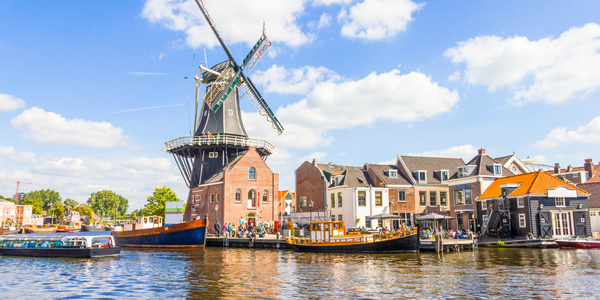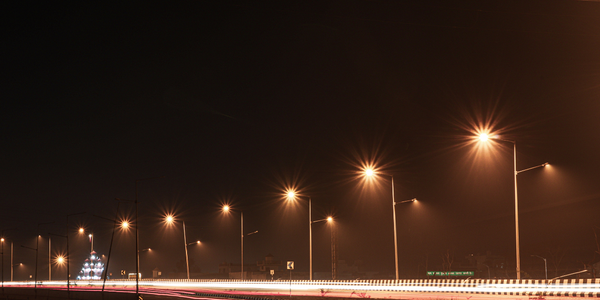Customer Company Size
Mid-size Company
Region
- Pacific
Country
- New Zealand
Product
- Nutanix NX-2000 Complete Cluster
- VMware View VDI
- Pure Storage SSD
Tech Stack
- Flash and SSD technology
- Automated data tiering
Implementation Scale
- Enterprise-wide Deployment
Impact Metrics
- Cost Savings
- Productivity Improvements
- Customer Satisfaction
Technology Category
- Infrastructure as a Service (IaaS) - Cloud Computing
- Infrastructure as a Service (IaaS) - Cloud Storage Services
Applicable Industries
- Cities & Municipalities
Applicable Functions
- Business Operation
Use Cases
- Virtual Prototyping & Product Testing
- Remote Asset Management
Services
- System Integration
- Software Design & Engineering Services
About The Customer
South Taranaki District Council is a local government entity located in New Zealand, serving approximately 30,000 citizens. The Council employs 200 full and part-time workers and is responsible for providing public services such as roads, water supply, waste management, parks, and libraries. The district is situated on the west coast of New Zealand’s North Island, known for its scenic coastline, forests, and the quiescent volcanic cone of Mount Taranaki. As a local government body, the Council is tasked with ensuring efficient and effective service delivery to its residents, which includes maintaining robust IT infrastructure to support its operations. The Council's IT department consists of six staff members who manage the technology needs of the organization, including the implementation and maintenance of virtual desktop infrastructure (VDI) to enhance productivity and service delivery.
The Challenge
The South Taranaki District Council was experiencing significant performance issues with its VMware View VDI implementation. User log-on times and application response times were unacceptably slow, and the performance decreased exponentially with as few as ten virtual desktops online. This slowdown also affected other applications in the IT environment, such as local government software, financial systems, SharePoint, and geographical information systems. The existing IT infrastructure, which included a substantial investment in a new HP enterprise array/SAN, was overwhelmed by the VDI implementation. Despite efforts to optimize the system with the help of Unidesk, a software and services company specializing in VDI implementations, storage I/O remained a critical bottleneck. The Council faced the prospect of investing an additional NZ$190,000 in performance upgrades for the HP SAN, but questioned the wisdom of reinforcing an infrastructure that was not optimal for VDI.
The Solution
The South Taranaki District Council decided to implement the Nutanix NX-2000 Complete Cluster to address their VDI performance issues. The Nutanix platform, with its integrated Flash and SSD technology and automated data tiering, promised exceptional storage IOPS to support VDI. The Council was attracted to the Nutanix converged storage and compute architecture, which eliminated the need for a SAN, significantly reducing space, electrical, cooling, and cost requirements. The 'single pane of glass' management feature simplified operations for the Council’s IT department. After considering an all-SSD enterprise storage array from Pure Storage, the Council opted for Nutanix due to its cost-effectiveness and scalability. The Nutanix solution, costing NZ$400,000 less than the traditional SAN infrastructure, included high-performance storage and virtualized servers integrated into a highly scalable system. The installation process was smooth, and the Nutanix system delivered impressive performance improvements for VDI, reducing response times by 30 to 60%. The Council was so satisfied with the performance that they decided to migrate other production applications to the Nutanix environment, including their financial system, which showed a 50% improvement in response times.
Operational Impact
Quantitative Benefit

Case Study missing?
Start adding your own!
Register with your work email and create a new case study profile for your business.
Related Case Studies.

Case Study
Turning A Stadium Into A Smart Building
Honeywell created what it called the “intelligent system” for the National Stadium in Beijing, China, turning the venue for the opening and closing events at the 2008 Summer Olympics into a “smart building.” Designed by highly controversial artist Ai Weiwei, the “Bird’s Nest” remains one of the most impressive feats of stadium architecture in the world. The 250,000 square meter structure housed more than 100,000 athletes and spectators at a time. To accommodate such capacity, China turned to Honeywell’s EBI Integrated Building Management System to create an integrated “intelligent system” for improved building security, safety and energy efficiency.
.png)
Case Study
Smart Street Light Network (Copenhagen)
Key stakeholders are taking a comprehensive approach to rethinking smart city innovation. City leaders have collaborated through partnerships involving government, research institutions and solution providers. The Copenhagen Solutions Lab is one of the leading organizations at the forefront of this movement. By bringing together manufacturers with municipal buyers, the Copenhagen Solutions Lab has catalyzed the development and deployment of next-generation smart city innovations. Copenhagen is leveraging this unique approach to accelerate the implementation of smart city solutions. One of the primary focus areas is LED street lighting.

Case Study
Buoy Status Monitoring with LoRa
The Netherlands are well-known for their inland waterways, canals, sluices and of course port activities. The Dutch Ministry of Infrastructure indicates that there are thousands of buoys and fixed items in and near water environments that would profit from IoT monitoring. One of the problems with buoys for example, is that they get hit by ships and the anchor cable breaks. Without connectivity, it takes quite some time to find out that something has happened with that buoy. Not to mention the costs of renting a boat to go to the buoy to fix it. Another important issue, is that there is no real-time monitoring of the buoys at this moment. Only by physically visiting the object on the water, one gains insight in its status.

Case Study
Barcelona Case Study
Barcelona’s heavy traffic and its associated high levels of pollution were the primary factors that motivated some companies and universities to work on strategies for improving traffic in the city centre. Bitcarrier is one of the technologies involved in the In4Mo Project, whose main objective is to develop the applications that form the core of smart mobility, one of the fundamental pillars of the smart city concept.

Case Study
China Mobile Smart Parking
Smart Parking, powered by NB-IoT technology, is making it easier for drivers to find free parking spots. Cities can better manage their parking assets and maximize the revenue available to them as a result. Drivers searching for parking create congestion and pollution by circling and hunting for available parking. Smart Parking services are able to significantly ease these problems by guiding a driver directly to a parking space.








